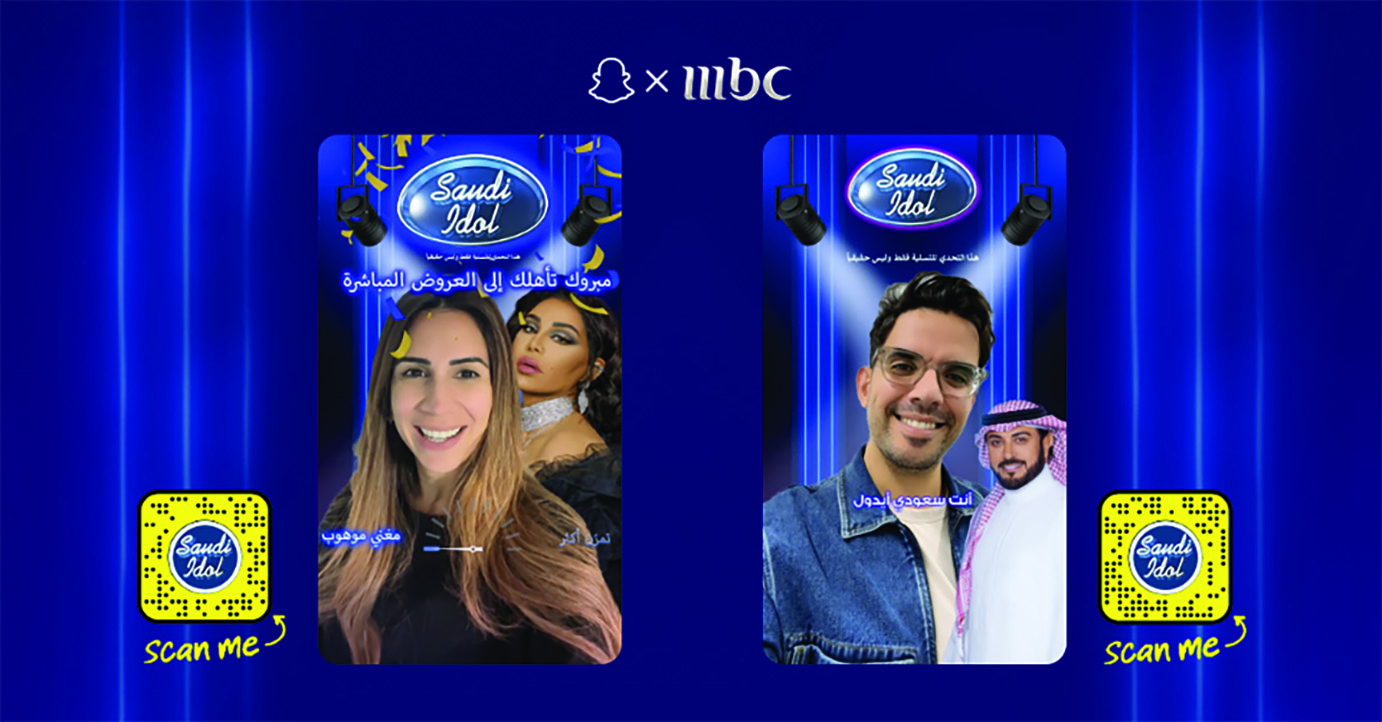
As technology continues to progress, it is changing the way we consume and interact with media. In the TV industry, we are seeing a transformation in the way brands advertise and reach their target audience. From interactive experiences to augmented reality, technology is opening new doors for brands to connect with consumers in new exciting and innovative ways.
In this article, Campaign Middle East speaks with Rayan El Hajjar, Client Partnership Director at MBC Media Solutions (MMS), MBC Group’s commercial arm, to explore how evolving technology and consumer behaviour is shaping the advertising landscape, and the ways MMS is staying ahead of the curve in offering cutting-edge solutions to clients.
HOW IS TECHNOLOGY AFFECTING ADVERTISING?
Technology has revolutionised the media industry, making it more measurable, accessible and interactive. Brands and advertisers now have access to actionable metrics and insights that allow them to better understand their audiences and create engaging, targeted content. Content remains a crucial component for advertisers, broadcasters and viewers alike. However, technology continues to play a vital role in how and where it is consumed. The accessibility of content has increased exponentially, with viewers being able to watch their favorite TV shows, movies and auditions on their preferred devices – be it digital live streaming on MBC1 or mobile, linear TV, VoD on Shahid, social media or even audio.

We’re also witnessing a significant shift in the interactivity of media thanks to advancements in technology, and we predict even more developments in the future. For instance, our partnership with Snap on Saudi Idol allowed us to create exciting new augmented reality (AR) lenses. The ‘Casting Lens’ and ‘Live Shows Lens’ allowed Snapchatters to simulate the casting experience by singing in front of judges and receiving feedback, placing them in the heart of the action. We anticipate brands using AI, virtual reality (VR) and other innovative technologies to immerse consumers in their content, creating unforgettable experiences.
HOW IS BRAND INTEGRATION EVOLVING?
We expect to see similar solutions in the future, which will open the door to more flexible and seamless integration opportunities for brands.
Technological advancements have led to the introduction of new brand integration formats that allow brands to include their products after production timelines have passed. At MMS, we’ve created an ‘In-Content Integration’ (ICI) offering that allows us to digitally insert brands into top-performing shows. This Ramadan, we integrated a brand using ICI into MBC1’s top performing comedy show Minho Waladna, which appeared organically on TV and outdoor advertising. In addition, the branded scenes were visible in multiple distribution channels such as MBC1 (live streaming and linear), Shahid AVoD and SVoD catchup, and clippings on social media to maximise their reach.
The value of this technology is that it helps identify specific scenes that brands want to associate with; for example, integrating a coffee brand in kitchen scenes or advertising a promo offer on an outdoor site. This helps us determine the exact scenes and duration of brand exposure throughout the entire season of a show during the proposal phase with a brand. We expect to see similar solutions in the future, which will open the door to more flexible and seamless integration opportunities for brands.
HOW HAVE MMS’S OFFERINGS TO CLIENTS CHANGED?
We are only in the first half of the year and already a lot has happened in 2023. Apart from the ‘In-Content Integration’, we’ve recently launched our own self-serve platform called MMS Works, which enables individuals, SMEs, government and local/international businesses to create their own marketing campaigns on Shahid with a few clicks of a button.
www.mmsworks.net enables brands to manage their own marketing campaigns on Shahid from A to Z from choosing their ad formats, target audience, target impressions and much more, to uploading their ads, paying online and extracting their campaign’s reports. Currently pause, native and in-stream ads are available. In its second launch phase, the platform will be expanding its solutions and enhancing its interface.
MMS also announced its appointment as TikTok’s official reseller in Egypt, giving advertisers in Egypt full access to new digital advertising formats. As part of the appointment, local clients, agencies and advertisers will be able to access all of TikTok’s inventory in Egypt, ensuring faster turn-around, local servicing capabilities and building on commercial synergies. The partnership will also enable advertisers to benefit from MMS’s industry expertise in leveraging TikTok Egypt’s increasingly growing reach in the country.
We also renewed our agreements with our strategic partners, Twitter, TikTok and Snap to bring MBC Group’s premium Arabic content to their platforms and ensure we are reaching our audiences wherever they are.
HOW HAS TV ADVERTISING CHANGED?
There is higher demand for innovative solutions from clients and agencies to continue driving engagement with viewers. Brand integration is gaining a lot of traction, and this goes back to content being key. Integration can convey multiple factors for a brand. Whether it is communicating a specific message, demonstrating usage or associating with a specific character on a show, there are many ways for a brand to connect with its audience. Once a brand is integrated in the content, it is distributed across multiple channels ensuring that audiences are exposed to the brand message no matter where the content is being consumed.
On-screen opportunities are another way that TV advertising can change through QR codes and integrated commerce solutions that can drive performance metrics for clients.
Another change is approaching advertising from a video perspective. We have seen this with Shahid AVoD. Since Shahid started offering and releasing more free content to viewers across MENA we’ve seen significant growth from advertisers wanting to be associated with premium Arabic brand safe content on a digital platform.
HOW ARE CONSUMER TASTES CHANGING?
Consumers are becoming more sophisticated in their TV content tastes. They are looking for authentic content that they can relate to and the region they are from. There is a significant trend towards ‘binge-watching’ of TV shows, which means that broadcasters and advertisers need to create immersive content that keeps the audience engaged for more extended periods. Additionally, there is a growing appetite for live events, such as sports and music, which we’ve witnessed for both the Saudi Pro League on SSC and Saudi Idol on MBC1.
MMS is the official advertising representative of the Saudi Sports Company (SSC) where we offer solutions across both digital and linear broadcast TV on the Saudi Pro League (which has seen a huge spike in viewership with the arrival of Ronaldo earlier this season), F1 and other sporting events.
Looking at the first quarter in 2023, we’ve seen big gains in viewership behind key content. Consumers are looking for entertaining content and we’ve seen this with the likes of Saudi Idol that attracted all types of audiences on TV, Shahid and social media. Another key milestone was during Ramadan with Tash Al Awda. We saw TV ratings spike up to the days of when Tash Ma Tash was on air more than a decade ago. Not to mention the high viewership figures on both Shahid and social media.
WHAT CHANGES CAN WE EXPECT IN THE TV MARKET IN THE COMING YEAR?
The upcoming year will bring about significant changes in the TV industry. Firstly, we can expect to see more local and regional productions that are relatable to the viewer, creating a more immersive and engaging experience. Secondly, cross-platform integrations will increase, allowing for more interactivity between viewers and advertisers. Finally, data measurement will improve further with the introduction of people meters, giving advertisers more accurate insights into viewership behaviour and trends. The ever-evolving nature of the industry presents endless new opportunities for content creators and advertisers alike. With viewers consuming content across multiple devices, brands have the opportunity to expand their marketing efforts across different screens and marketing channels.









